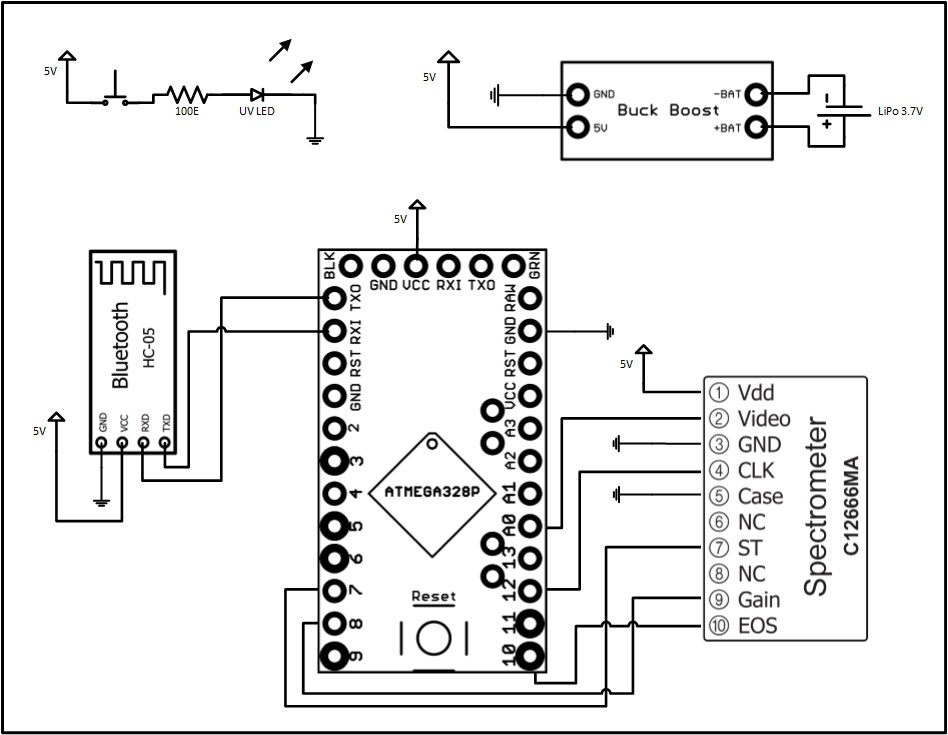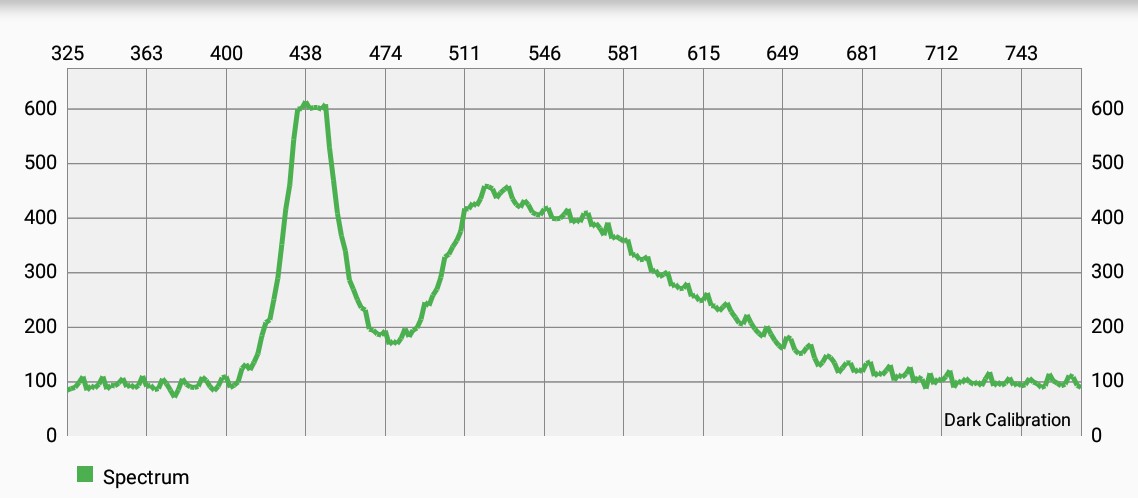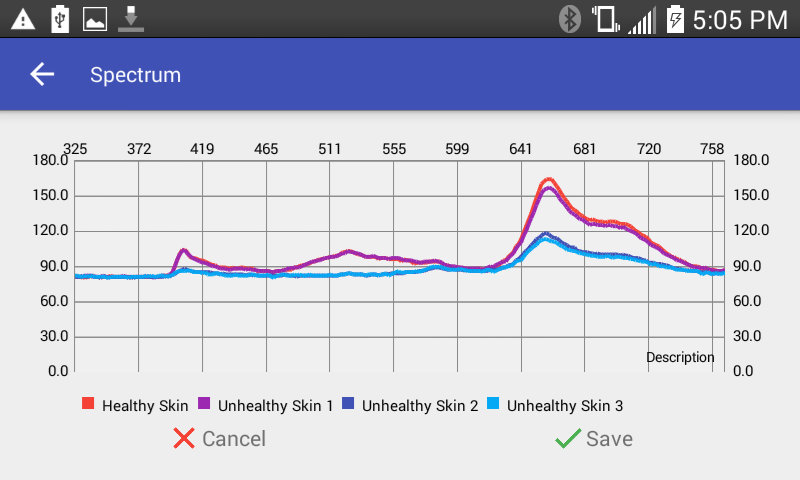-
1Step 1
The idea was to make a device that can easily be replicated by everyone, and so we have tried to use as much possible easily available modules. The device can be easily replicated and extended as per use case. In a nutshell the steps to be followed are mentioned below-
- Source all the components/modules required.
- Connect them together as per the circuit diagram.
- Burn the code in the microcontroller.
- Print the housing and assemble all the components inside
- Download the android app
- Start exploring!
- Extract raw data and perform detailed analysis.
-
2Step 2
The required components/modules are mentioned in the components section of the document.
The circuit diagram for connecting all the modules is given below.
![]()
-
3Step 3
Burn the code available here to the microcontroller (Pro mini). Pro mini is a neat little board with just the essential stuff for making small packaging. So you would need external USB to UART board that will help you burn the code to the Atmega328p chip that sits on the board. USB to UART hookup guide can be found here.
Important Note:- Make sure the bluetooth module is not connected to the RX,TX lines while burning the code. It will be helpful to create a removable connector for bluetooth connections to the microcontroller using male female headers.
Now let’s check all our connections to know if everything is working as desired. Open your preferred serial monitor and send ‘s’ character. After few seconds you should see a stream of numbers. These are ADC readout values from the spectrometer. You can perform a quick check to know what the spectrum looks like by plotting those values. If the spectrums looks similar to one attached below, then you can tell that the light fixtures has white light LEDs in them. This is the characteristic spectrum from the white LED light source(more on this here). Exciting right!![]()
White LED Spectrum
![]()
Chlorophyll fluorescence from apples
WiSci: Wireless Spectrometer
Portable Wireless Spectrometer that lets you explore the world around you.
 Akshat Wahi
Akshat Wahi


Discussions
Become a Hackaday.io Member
Create an account to leave a comment. Already have an account? Log In.
Great work on the WiSci. However the Github repository link is not working, and the 3D printer files are missing. Can you please send me a link to those? Thanks Michael
Are you sure? yes | no
No files?
Are you sure? yes | no